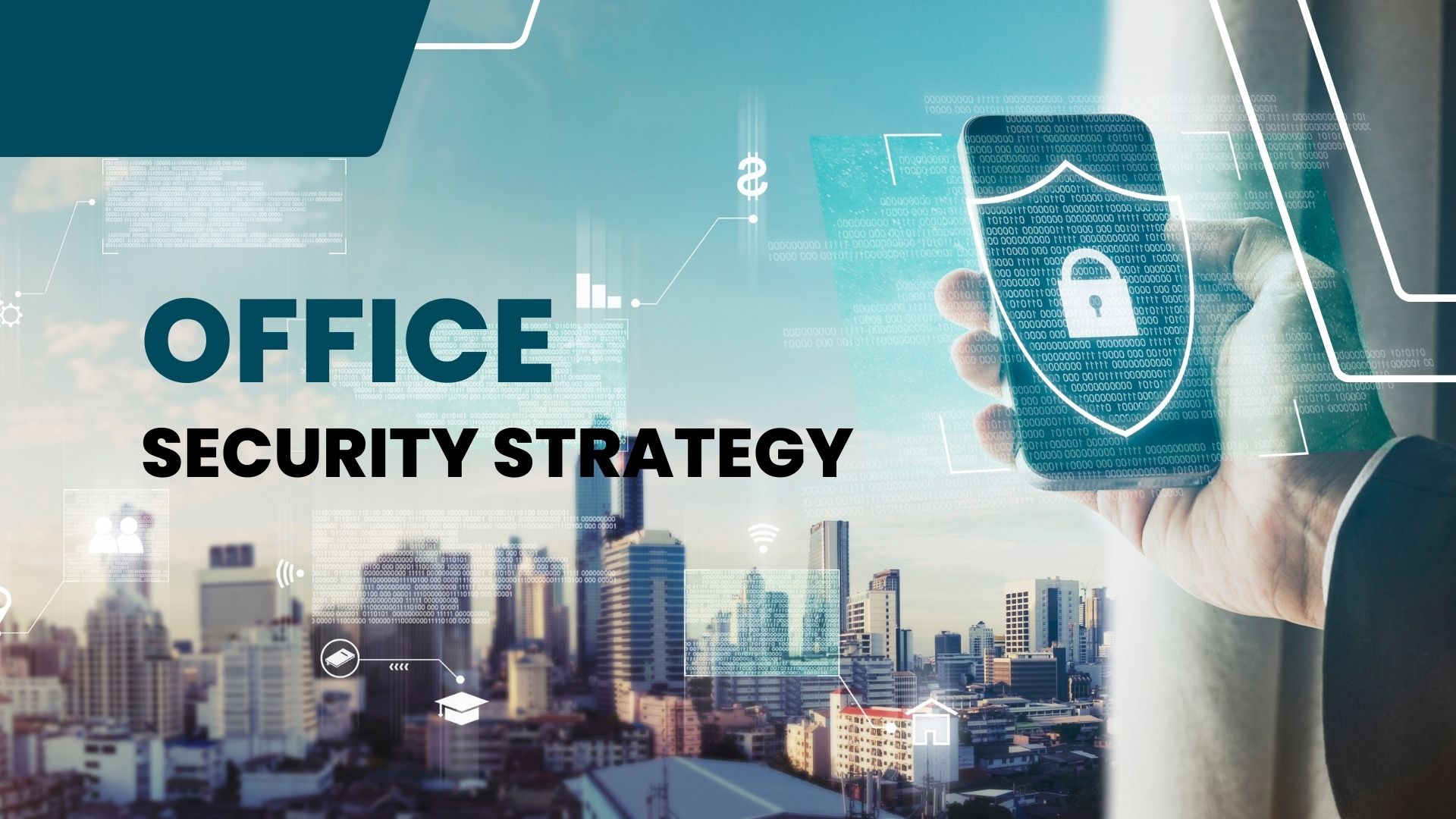The Myth of ROI, Part 1
 One of the greatest misconceptions about CRM software packages is the popular belief and expectation that, by installing them, purchasers will experience a sufficient increase in profit. This increase is typically expressed as a percent of the investment required over a given timeframe — a performance ratio better know as return on investment, or ROI.
One of the greatest misconceptions about CRM software packages is the popular belief and expectation that, by installing them, purchasers will experience a sufficient increase in profit. This increase is typically expressed as a percent of the investment required over a given timeframe — a performance ratio better know as return on investment, or ROI.
In this first part of this two-part series, we'll look at some the truths behind the myth of CRM. In part 2, we'll look at the reasons why ROI is such a problematic metric for stand-alone projects, and will suggest some better performance measures of CRM success.
The Creation of the ROI Myth
The creation of this expectation of ROI can largely be attributable to the handiwork of the CRM vendor community; ROI seems to be the thing that every solution is promised to generate for the purchaser of the software package.
Many vendors commonly throw around ROI results of 15 percent to 20 percent from using their software – that is, until one asks for specifics. Then, well, it's a different story. Qualifications and caveats emerge, information promised suddenly gets lost, and specific client references and case studies mysteriously disappear.
In the CRM industry, it seems that ROI is like the weather — everyone talks about it, but no one seems to be able to do much about it.
I find this curious because, based on my extensive experience, few if any CRM initiatives have been undertaken with specific financial return on investment metrics in place. To the best of my knowledge, most enterprise-wide CRM implementations to date were launched to address a strategic weakness — that is, the inability to provide a consistent customer experience across different channels. Those few initiatives which had specific financial goals or performance metrics — such as lowering call center costs or reducing average call waiting time — did not have any long-term investment return objective such as ROI.
This is not to say that CRM cannot result in considerable returns on investments. [I lead a practice at Reuters which focuses almost exclusively on ways to automate and monitor CRM processes to demonstrate measurable financial improvements in client performance.] My main point is that installations of CRM software packages DON'T generate ROI; smart business users do. It's not whether you buy the software but how well you apply it (and how effectively it can be applied) to your processes, with your people, in your organization. It's all about getting the right combination of people, process and technology to better target, attract and retain the right types of customers.
The Source of ROI
What is the source of such returns on investment from CRM? If you think it's minimizing the denominator — the size of the investment by limiting the scope and degree of change required — I would bet you'd be wrong.
According to the efficient capital market theory, the greater the risk, the greater the potential return — in other words, no pain, no gain. I would bet that a survey of the most successful corporations and non-profit organizations would reveal a bias toward actions, a fanatical devotion to learning what customers want and what competitors are up to, and a brutally honest awareness of what it takes to capitalize on the resulting unmet and/or unfilled demand. We'll look at these critical success factors in an upcoming column, entitled, “The Key to ROI.”
So, if they don't skimp on the investment, what drives the level of ROI? The answer is profits, lots of profits. These gains, as most business people now know, come from the well-researched and documented economic benefits of increased repeat business, higher average sales transaction volumes, lower churn and defection rates, and lower customer acquisition costs. [Notice I don't use the term “customer loyalty,” which I strongly suspect is an obsolete concept today, but that's another story (or column).]
Do you agree? Don't agree? Got an interesting insight, opinion or real-world example to share? What are your thoughts? Please write me at [email protected]. And stay tuned for my next column, “Myth of ROI, Part 2.”
Arthur O'Connor is a director and heads the CRM Integration Practice at
Reuters Consulting, a unit of Reuters, PLC. As one of the nation's
leading experts on CRM and business intelligence solutions, he writes on
business and technology trends for eCRMGuide.com, as well as on CRM
strategy for ClickZ.com. He is a frequent speaker at industry
conferences. Last year served as chairperson of the Institute for
International Research's CRM Project Management Conference.




